1. The USS Princeton Disaster of 1844
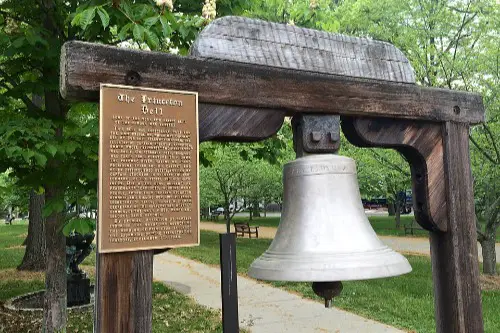
During a demonstration cruise on the Potomac River, the USS Princeton’s new cannon, named the “Peacemaker,” exploded, killing six people — including two U.S. Cabinet members. Spectators watched in horror as the cannon fire turned into a deadly accident. Many assumed such a modern weapon would be perfectly safe, which is why this event sounds almost mythical. Yet contemporary newspapers and eyewitness accounts describe the tragedy in vivid detail.
President John Tyler narrowly avoided the blast, and the incident shocked the nation. The explosion exposed flaws in naval engineering and safety protocols of the era. It also had political ramifications, shaking Tyler’s administration and delaying naval innovation. This disaster is a striking reminder that technological progress sometimes comes with deadly lessons.
2. The Great Molasses Flood of 1919
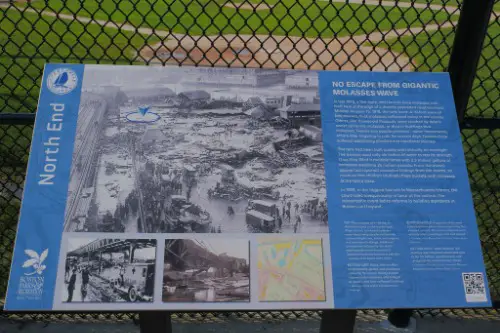
In Boston, a massive tank of molasses burst, sending a sticky wave through the streets at an estimated 35 miles per hour. People, horses, and even buildings were swept away in the gooey chaos. It sounds like something out of a cartoon, but it tragically killed 21 people and injured over 150. The molasses came from a storage tank meant to supply local breweries and syrup factories.
Cleanup took weeks, and the streets reportedly smelled of molasses for decades afterward. Locals still tell the story with a mix of horror and disbelief. The disaster even led to stricter building regulations in the city. It’s a reminder that sometimes reality is stranger — and more dangerous — than fiction.
3. Abraham Lincoln Saved by a Boy in a Train Station
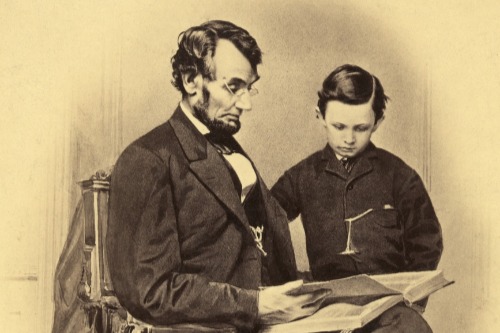
In 1861, young Grace Bedell wrote a letter to Abraham Lincoln suggesting he grow a beard to improve his appearance. Lincoln not only replied but later met her in person at a train station, asking her if she thought his beard looked good. This encounter is famous because it actually influenced how Americans remember Lincoln visually. People sometimes think this is a myth because of its sweetness, but contemporary accounts confirm it.
The meeting happened just days before Lincoln departed for Washington to be inaugurated. Grace had been a strong supporter, and her letter reflected the hopes of many Americans for a relatable president. Lincoln’s thoughtful response showed his warmth and attention to citizens. It’s a small story, but it humanizes one of the most iconic figures in American history.
4. The Library of Congress Almost Burned by a Civil War Bomb

During the Civil War, a Confederate attack plan accidentally put the Library of Congress at risk of destruction. A nearby arsenal exploded, sending debris dangerously close to priceless documents and books. While most people imagine libraries as safe havens, this event almost wiped out centuries of knowledge. Luckily, swift action by staff and guards preserved the collection.
The blast shook nearby buildings and terrified locals who feared cultural annihilation. Historians note that this near-miss helped spur future efforts to protect national treasures during crises. Today, the Library of Congress stands as a testament to resilience and careful planning. It’s a story that feels made-up, but contemporary newspapers reported the chaos in vivid detail.
5. The 1904 Olympic Marathon Debacle
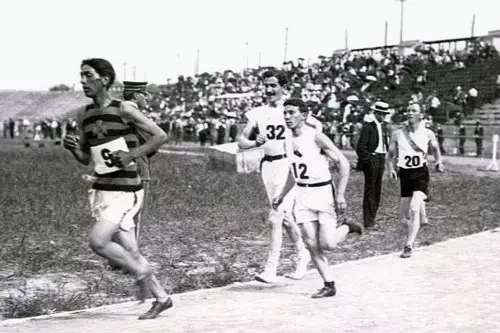
The marathon at the 1904 St. Louis Olympics is notorious for being almost unrecognizable as a sporting event. Runners faced extreme heat, dusty roads, and cars that interfered with the course. One competitor nearly died from dehydration, while another cheated by hitching a ride in a car. The chaos led to one of the slowest Olympic marathon finishes in history.
Organizers had no idea how to manage long-distance races at the time. Spectators watched in horror and amusement as athletes stumbled, collapsed, or veered wildly off-course. The event sounds too bizarre to be true, but detailed reports and photographs confirm every strange mishap. It’s one of those moments that proves early Olympics were as unpredictable as a circus.
6. Andrew Jackson Survived Multiple Assassination Attempts in One Day
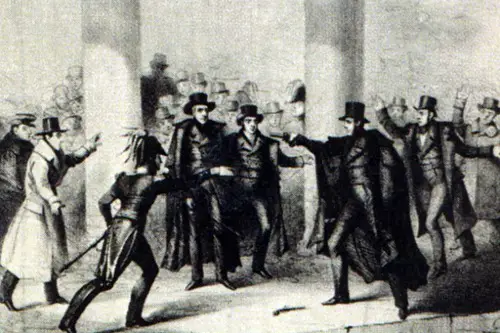
Andrew Jackson, famous for his toughness, was targeted by not one but two assassins on the same day in 1835. One’s gun misfired, while Jackson beat the other with his cane in self-defense. People often assume this story is a legend because it sounds almost cartoonish. But congressional records and newspapers from the era back up the event.
Jackson’s bravery, or perhaps stubbornness, became the stuff of folklore quickly. He reportedly remarked that the incident “hardened him even more” for leadership challenges. His survival also cemented his image as an indestructible figure in American politics. It’s a story that mixes suspense, danger, and a bit of slapstick, all historically verified.
7. The FBI Once Tracked a Cat as a Spy
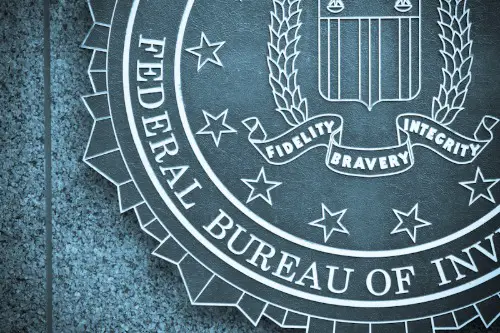
During the Cold War, the CIA trained cats for espionage, but the FBI actually documented efforts to track these feline “agents.” The plan involved equipping a cat with a microphone to eavesdrop on Soviet officials. The project never succeeded — the cat often wandered off or got distracted. It sounds like something out of a comic book, but the documents are real and declassified.
This odd operation illustrates how creativity sometimes overrides practicality in intelligence work. People think spy cats are a joke, but agents took the idea seriously. It also shows the extreme lengths countries were willing to go for surveillance. The failed project remains a quirky footnote in U.S. espionage history.
8. The Lincoln Assassination Conspiracy Extended Far Beyond Ford’s Theater
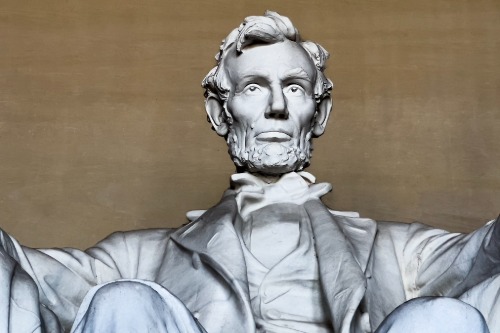
John Wilkes Booth didn’t act entirely alone in 1865; he was part of a broader conspiracy that targeted multiple government officials. Secretary of State William Seward was nearly killed in his home. The plan to destabilize the government could have completely changed the course of American history. Most people focus only on Lincoln, making the wider conspiracy sound almost fictional.
Seward survived with severe injuries thanks to heroic interventions. Historians point out that several other government figures were at real risk. The scope of the plot was meticulously documented during the trials following the assassination. It’s a reminder that the story of April 14, 1865, was far more complex than a single tragic shooting.
9. The 1835 Great Moon Hoax Was Believed by Thousands
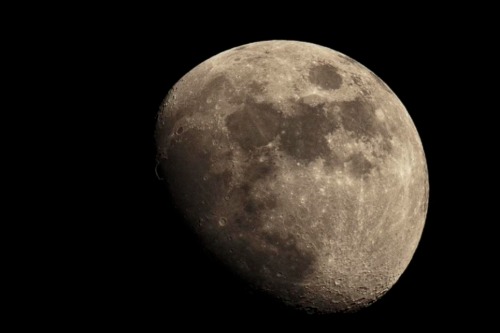
In 1835, a New York newspaper published articles claiming that life had been discovered on the Moon, including bat-like humanoids. Readers were captivated and frightened, taking the reports seriously for weeks. It seems impossible today, but the hoax was so convincing that it boosted the paper’s circulation. People even traveled to discuss these “astronomical discoveries.”
Eventually, the newspaper admitted it was a prank, but not before history had a good laugh. Scientists, journalists, and everyday citizens had all been fooled by imaginative writing. The story highlights the early power of sensational journalism. Even today, it serves as a cautionary tale about believing everything you read.
10. The “Petticoat Affair” Nearly Toppled Andrew Jackson’s Cabinet
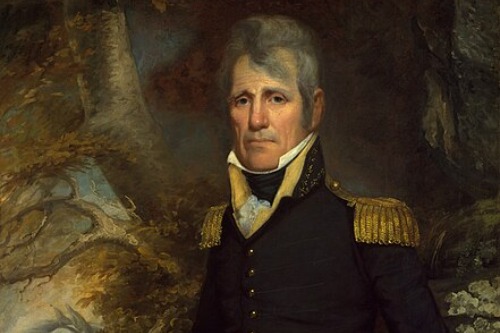
Andrew Jackson’s presidency was rocked by a scandal over the social standing of his wife’s friends, known as the Petticoat Affair. Cabinet members resigned en masse because they refused to socialize with Margaret Eaton. The entire political scene descended into personal drama, which sounds absurd until you realize it had real consequences. This was more than gossip — it reshaped Jackson’s administration.
Jackson’s loyalty to Margaret Eaton influenced his decisions and appointments for years. The story seems trivial today, but it illustrates how personal relationships can shape national policy. Historians study the affair as a key example of social norms influencing political power. It’s an almost unbelievable intersection of scandal and governance.
11. The “Short-Lived Republic” of Franklin, Tennessee
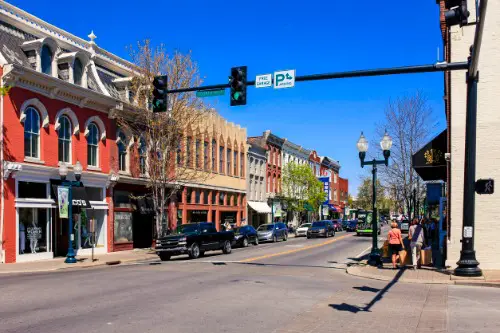
In 1784, a group of settlers tried to form the State of Franklin in what is now eastern Tennessee. The republic existed for about four years before being reintegrated into North Carolina. It had its own governor, currency, and legislature, which makes it sound like a fanciful footnote. Yet documents, letters, and proclamations from the time confirm its brief existence.
The State of Franklin struggled with recognition from the federal government and internal dissent. Locals tried to navigate independence while facing Native American conflicts and economic challenges. Its fleeting life illustrates the uncertainty of early American frontier politics. What seems like a quirky myth was actually a serious, if short-lived, experiment in self-governance.
12. The 1917 Boston Police Strike Led to Martial Law
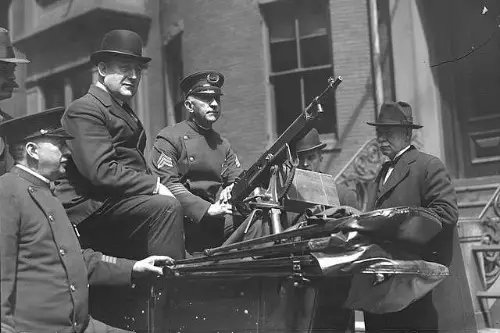
In 1917, Boston’s police force went on strike demanding better wages and working conditions. The resulting chaos forced the National Guard to step in, and the city experienced looting and riots. People often think labor disputes are relatively calm, but this one almost toppled city control. Martial law was declared, and the strike left a lasting impact on American policing.
Governor Calvin Coolidge gained national attention for his handling of the crisis, boosting his political career. The event highlights how labor unrest can escalate quickly under certain conditions. Residents described scenes that sounded more like war than a city labor dispute. It’s a reminder that sometimes real events are stranger — and more intense — than any story we tell.
This post 12 American Historical Moments That Sound Like Urban Legends But Aren’t was first published on American Charm.


